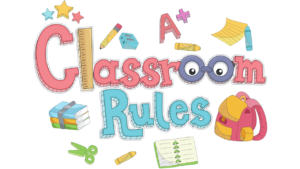Creating matching worksheets is a fantastic way to reinforce learning and improve memory. Here’s a general guide on how to create matching worksheets:
1. Define the Concept:
- Determine the educational objective or concept you want to reinforce with the matching worksheet. This could be anything from matching numbers and their written forms to matching images with their corresponding names.
2. Choose a Format:
- Decide on the format of your matching worksheet. You can create a grid-style worksheet or use a more creative layout, depending on the age group and topic.
3. Design the Worksheet:
- Divide the worksheet into two columns or sections: one for the items to be matched and another for the matching pairs.
- For example, if you’re working on matching animals with their names, you might have a column with pictures of animals on the left and a column with their names on the right.
4. Create Matching Pairs:
- Generate pairs of items that should be matched. Ensure there’s a clear connection between the items in each pair.
- If you’re working on numbers, create pairs such as “4” and “four” or “7” and “seven.”
5. Add Instructions:
- Include clear and concise instructions at the top of the worksheet. Explain what the task is and how students should complete it.
6. Add Visuals:
- Incorporate visuals that align with the concept. This could be images, diagrams, or any relevant graphics that make the worksheet engaging.
7. Consider Difficulty Levels:
- Tailor the difficulty of the matching pairs to the age and skill level of the students. You can increase complexity by including more pairs or incorporating more challenging concepts.
8. Test the Worksheet:
- Before distributing the worksheet, test it yourself or with a small group to ensure clarity and effectiveness.
9. Provide an Answer Key:
- Create an answer key for the matching pairs. This will be useful for self-assessment or for the teacher to quickly check students’ work.
10. Make it Interactive:
- If possible, design the worksheet to be interactive. For example, you can laminate the sheets and use dry-erase markers so that students can reuse them.
Remember to adapt the design based on the specific needs of your students and the learning objectives you want to achieve.




